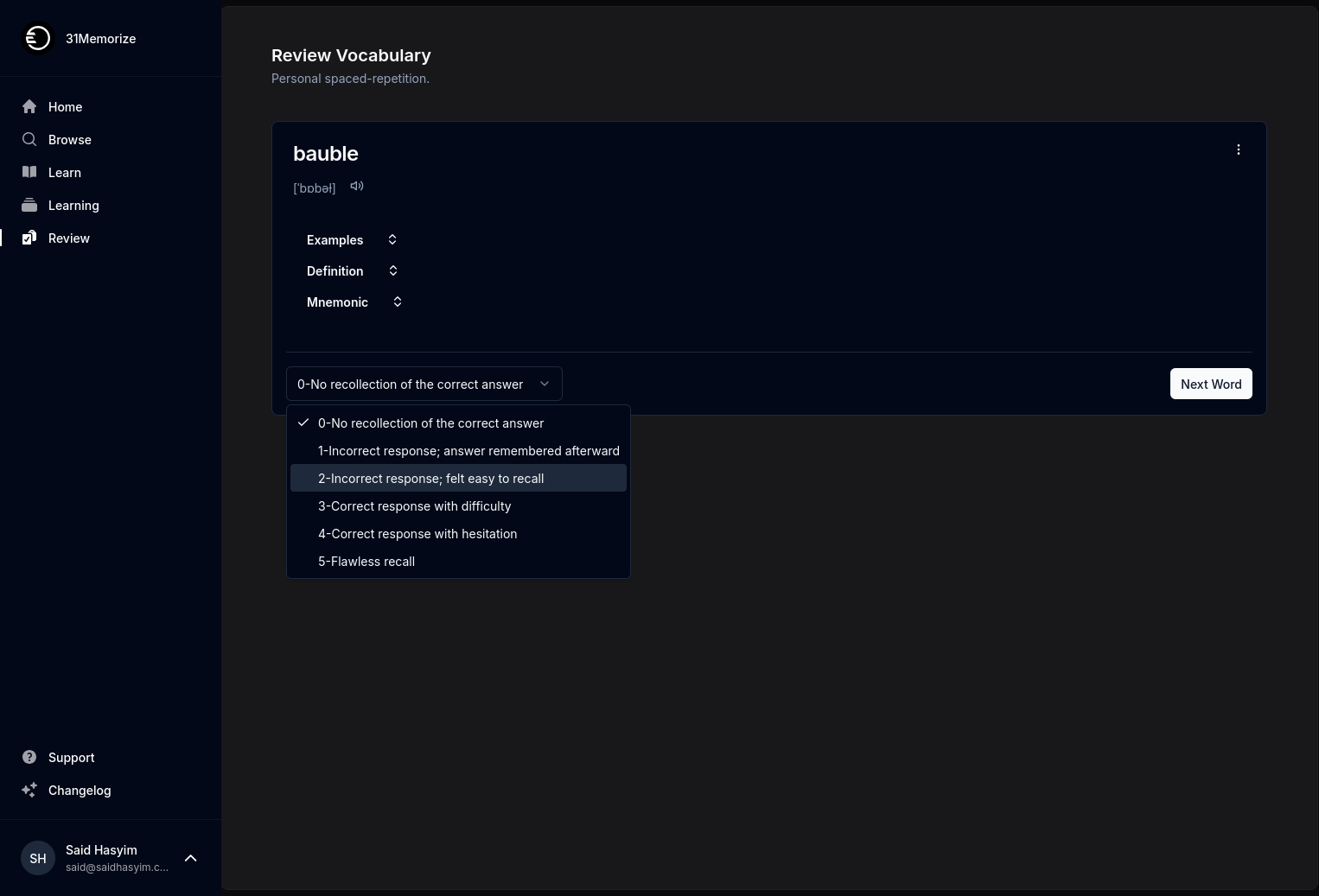How to Interpret Book Rating Trends
Reading is not just a personal journey; it’s also a collective experience. The way we rate books often provides insight into broader cultural trends, shifts in reading habits, and even changes in societal norms. In this blog post, we will explore how to interpret book rating trends, what they mean for readers and authors alike, and how to use this information to enhance your reading experience.
Understanding Book Ratings
Before we delve into trends, it's essential to grasp the concept of book ratings. Book ratings serve several purposes:
- Guide for Readers: They help readers decide which books to pick up based on the experiences of others.
- Feedback for Authors: Ratings provide critical feedback to authors regarding how their work is received.
- Market Research: Publishers and booksellers analyze ratings to anticipate trends and make informed decisions about marketing and promotions.
Typically, book ratings range from 1 to 5 stars, with most platforms allowing readers to leave reviews alongside their ratings. As you explore book rating trends, keep in mind the nuances between numerical ratings and qualitative reviews.
Analyzing Rating Trends
1. Increasing or Decreasing Average Ratings
When you look at the average rating of a book over time, it can tell you a lot about its reception. Books that start with high rating but gradually see a decline could indicate a polarized audience where newer readers feel differently compared to early adopters. Conversely, if a book’s average rating increases, this might suggest:
- Growing Popularity: The book may have found its audience over time through word-of-mouth, social media, or adaptations (like movie or TV shows).
- Shifts in Reader Sentiment: Perhaps the themes of the book resonate more deeply with contemporary issues that have emerged since its publication.
2. The Impact of Time
Trends can change dramatically over time. For instance, older books might gain renewed interest due to cultural events, anniversaries, or social movements. Consider classic literature—works that may not have been well-received in their time could be re-evaluated positively in today’s context.
3. The Role of Genre
Different genres can display distinct rating trends. For example, romance novels may consistently receive high ratings due to their dedicated fanbase, while literary fiction may be more polarizing. Understanding how genre affects ratings can help you identify what readers in that genre value and seek in their reading experiences.
4. Seasonal Variations
Book ratings can also be affected by seasonal trends. Certain genres, like thrillers or cozy mysteries, may see a spike in ratings during holiday seasons when readers seek specific types of escapism. Similarly, educational or self-help books may experience higher ratings at the beginning of the year when individuals are setting resolutions.
The Power of Social Media
Social media has transformed how we perceive and engage with book ratings. Platforms like Instagram, TikTok, and Goodreads create communal spaces where readers share their thoughts, often leading to rating trends influenced by online conversations.
Key Considerations:
- Influencer Impact: Popularity driven by influencers can cause sudden spikes in ratings for specific titles. Monitor which books are being discussed and promoted.
- Viral Trends: Pay attention to challenges, tags, or viral content that boosts conversations about certain genres or books.
- Cultural Conversations: Rating trends may reflect broader societal debates. For instance, discussions surrounding diversity in literature can affect the ratings of books based on representation.
Identifying Themes
When analyzing rating trends, look for recurring themes in reviews. This could reveal what specific aspects resonate with readers:
- Character Development: Are readers emphasizing good character arcs or flawed portrayals?
- Plot Structure: Is consistency in pacing a common complaint or praise?
- Social Themes: Do readers find modern social themes insightful, outdated, or controversial?
Identifying themes in ratings and reviews can enhance your understanding of what works in storytelling and what doesn’t.
Caution: Avoiding Bias
When interpreting any book rating trend, it's important to remain cautious. Ratings are subjective and can be influenced by:
- Personal Bias: Everyone approaches reading with a unique perspective, which can skew ratings.
- Review Bombing: Sometimes, books may receive a surge of low ratings due to external factors unrelated to the content itself, such as political protests or controversies surrounding the author.
- Echo Chambers: Readers often inhabit social circles that reflect their opinions. Be aware that trends may not accurately represent broader perspectives.
Conclusion
Interpreting book rating trends is an art that combines analysis with an understanding of cultural contexts and individual perspectives. By observing how ratings shift over time, understanding the role of social media, and identifying recurring themes, readers can unlock deeper appreciation for both the books they love and the literature landscape as a whole.
As you embark on your own reading journey, use these insights to guide your selections, provoke discussions, and enhance your engagement with literature. After all, understanding trends isn’t just about knowing what to read; it's about appreciating the evolving dialogue that books create across time and cultures. Happy reading!
